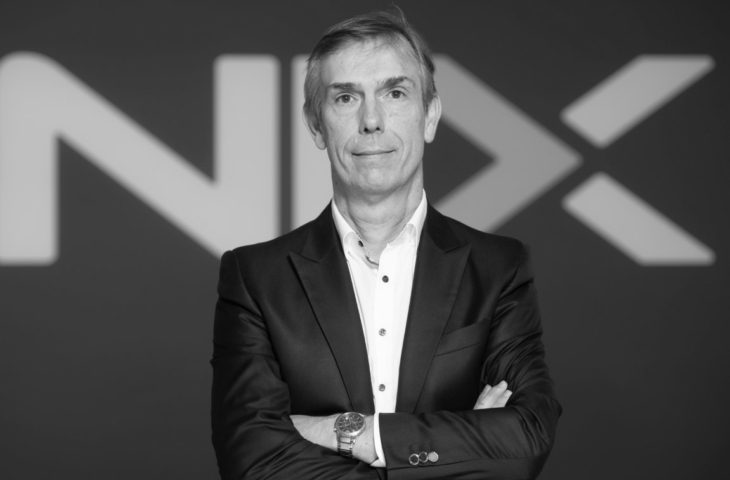If we have to sum up 2023 in one hype, it’s Chat GPT. Or more specifically, generative AI. Applications based on this technology have created a digital roller coaster in both our personal lives and the business world. It’s certainly promising, but the success of generative AI will largely depend on the location of our data and the infrastructure support of the applications.
Artificial intelligence (AI) has of course been around longer than it is today. At Nutanix, our developers not only use AI technology, our infrastructure also has AI capabilities. For example, consider the self-healing feature, which ensures that systems automatically recover in the event of an incident by distributing or duplicating workloads and data. This means that critical applications and data are available again after just a few minutes. What is special about the generative AI trend is the fact that artificial intelligence can now also appeal to the general public. And that both privately and in our work environment.
Make data accessible quickly and freely
Generative AI applications make it possible to generate not only text, but also images and even code via natural language prompts. Most companies have already experimented with generative AI and will be looking for solutions by 2024 to realize the full potential of this technology for their business. But this is only possible if they pass on the known data silos. Because generative AI can only deliver added value if it can use all relevant data in the company, even if this data is distributed across multiple applications and clouds.
A key bottleneck is the multicloud strategy, which many companies have switched to in recent years. Therefore, they have distributed their data across different (public) cloud environments. While one system’s data resides in a proprietary environment within Microsoft Azure, another application is parked in Google Cloud or AWS. And they may also have systems running on-site. This makes it not easy to bring all the data together and provide enough capacity for the AI system to calculate quickly.
Multicloud does not prevent vendor lock-in
In fact, many companies ended up in this multi-cloud environment by accident. Especially during the pandemic, the combination of different public clouds was attractive due to their flexibility, scalability and cost advantages. By betting on more than one horse, companies also thought they could avoid the risk of supplier lock-in. When you’re not dependent on a cloud provider, you can shift workloads based on costs and business needs. Thanks to the proliferation of containers and Kubernetes, it is relatively easy to move applications between environments.
In practice, multicloud gives you more choice, but it doesn’t prevent you from being dependent on one provider. Once you activate a cloud provider’s features and services, your resources are tied to that provider. Of course, you can rewrite your applications and systems for a different cloud platform each time, but this is expensive, time-consuming and risky.
You can’t race a Trabant
Therefore, organizations need to optimize their workloads within a hybrid, multi-cloud environment. Otherwise, investments like generative AI will never yield maximum returns. Imagine spending a lot of time and money on a race track only to have to sit in a Trabant for your first official race. If you want to make the most of your racing skills, you need a car that can handle every corner at high speed. Nutanix offers this car through Project Beacon.
Based on Project Beacon’s vision, we want to separate all data and applications from the underlying infrastructure. This means developers only need to build applications once and run them anywhere. As part of this project, Nutanix is working on a portfolio of data-centric Platform-as-a-Service (PaaS) services that are available everywhere, eliminating the need to rely on the services of a specific cloud provider. Kubernetes and containers are the basis of this concept. Project Beacon is intended to make it possible to manage everything from one management environment.
An environment that provides highly flexible resources, networking, storage, and circuit performance, allowing you to deploy applications that require large amounts of capacity. As the foundation of AI and other applications, databases also become cloud-agnostic. So that we can soon fully exploit the potential of innovative technologies such as generative AI. In other words: Not a Trabant, but a modern, environmentally friendly racing car ready to take you to future success.
This is a contribution from Luc Costers, Regional Manager Nutanix Belux, CIS and Eastern Europe. Click here for more information about the company’s services.
